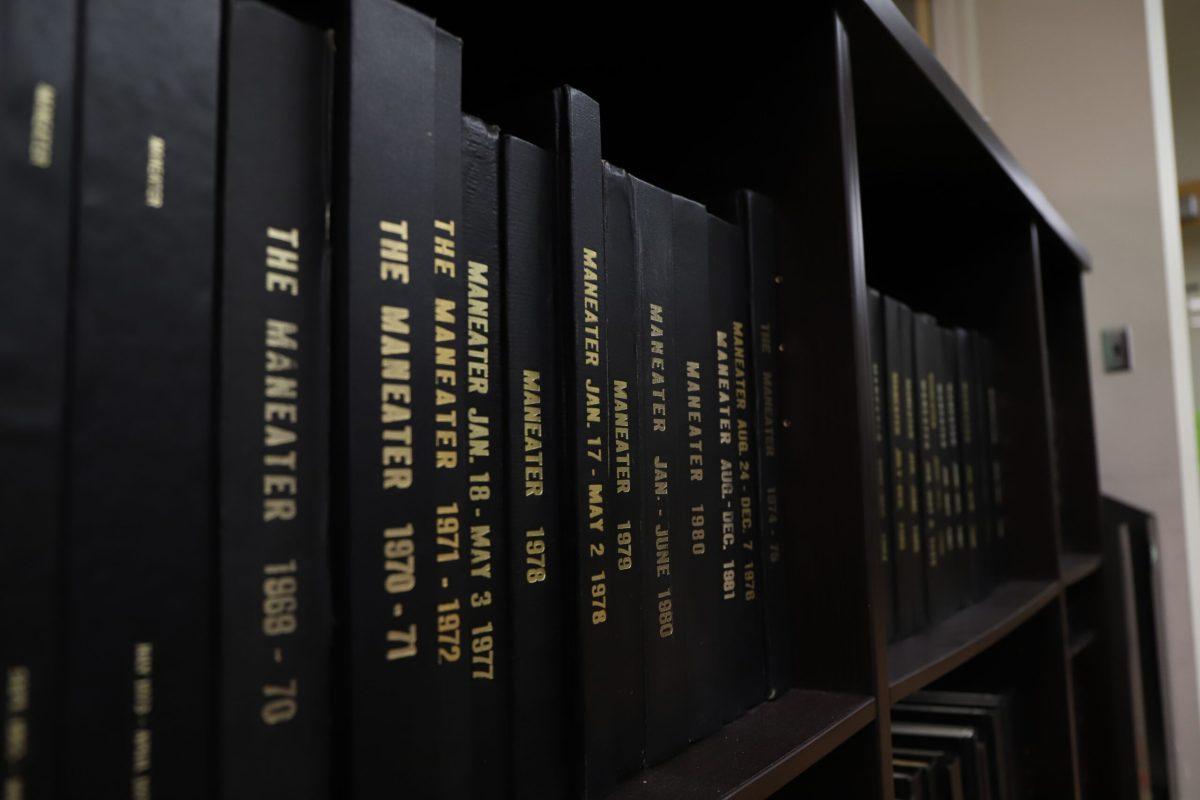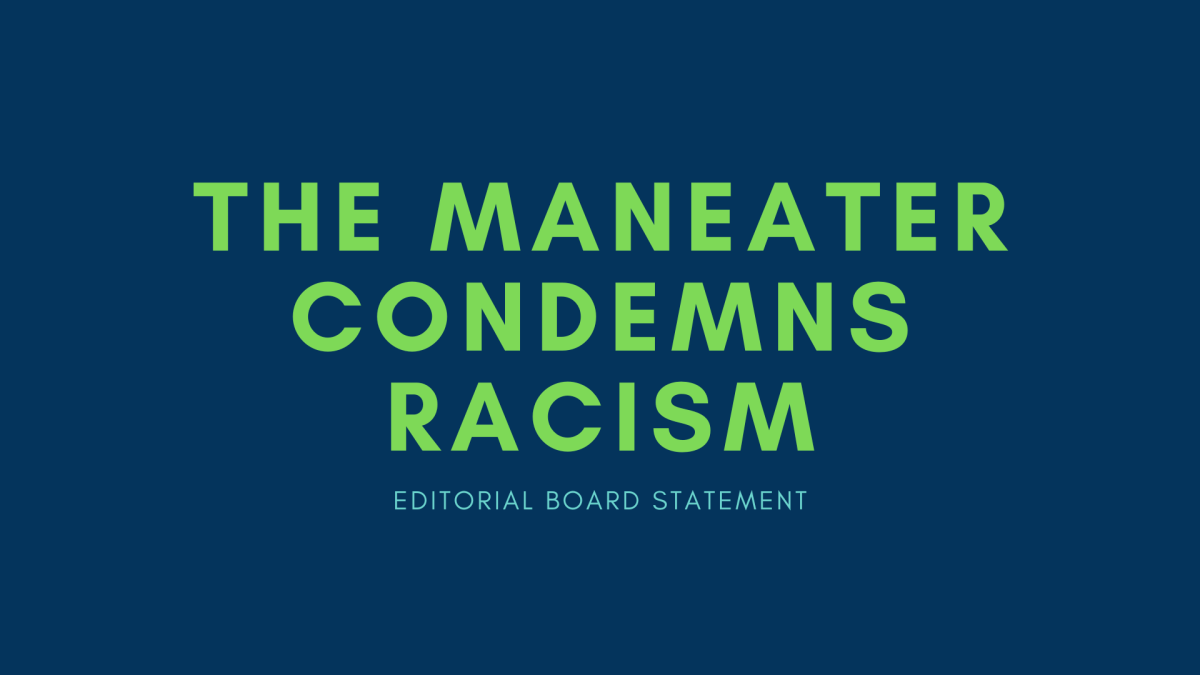We need to talk.
All of us, really. Because if our university is going to continue its current trajectory of constantly increasing enrollment, and if the city we live in is going to continue its current trajectory of constantly increasing population, the growing pains we’re all dealing with will only worsen and multiply. Unless we do some serious talking.
It needs to go beyond talking, too. It needs to be focused, decisive _planning_, involving some very tough choices about what we desire our university and our city to be and how we want it to function. Growth is almost inevitable, and progress must be encouraged, but to truly operate in the mutual benefit of everyone, it must be methodical, proactive, perceptive and _smart_.
—-
To examine MU’s growing pains, it’s easiest to start at the root. The University of Missouri is, year after year, accepting more undergraduates. That may be due principally to the declining funds coming from the Statehouse; it may be due in part to administrators’ desire to [become a more “inclusive” university](https://www.themaneater.com/stories/2012/9/14/curators-hear-health-care-updates-talk-arizona-sta/); but regardless, it’s an inescapable reality here.
From increasing enrollment comes a variety of effects, some of which can be solved relatively easily and some of which pose much larger problems.
**Increased enrollment increases demand for on-campus housing.** The yearly influx of record or near-record freshman classes has forced Residential Life to build several new halls and convert study rooms into bedrooms — but even then, some freshmen have to live off-campus and many upperclassmen who desire to live on campus are unable.
**Increased enrollment increases demand for off-campus housing.** Right now, this growth has taken the route of sprawling far from campus, mostly in the Grindstone area. “Luxury” is the buzzword, tossed around at complexes with superfluous amenities (golf simulator, anyone?) often to conceal cheaply built apartments.
Students are often faced with choosing between housing that is close to campus, housing that is comfortable and safe or housing that is affordable. [These three qualities are rarely found together.](https://www.themaneater.com/stories/2013/2/1/too-much-luxury-student-housing-hurts-everyone/) The off-campus housing expansion could also take the route of building _up_, as with a proposed 24-story housing complex where Bengals Bar & Grill and Casablanca Mediterranean Grill are currently located; this option seems to run into opposition from Columbia locals and those who prefer a city free of high-rises.
**Increased enrollment increases demand for university facilities.** The new Student Center is pristine and spacious, and so is the MU Student Recreation Complex, but many of MU’s academic buildings are crumbling. Money for facilities is extremely tight at present, particularly in the College of Arts and Science, which just secured the ability to charge additional fees for its courses (becoming the last college to be able to do so) to help increase revenue in the absence of university tuition hikes.
MU is in the process of moving the Museum of Art and Archaeology to Mizzou North, the former site of Ellis Fischel Cancer Center nearly a mile north of campus. Surely, some classes will eventually be moved there as well. What MU _needs_ is to rebuild many campus buildings to increase occupancy, but is that possible given its current budgets?
**Increased enrollment increases demand for course offerings.** Students might have more difficulty enrolling in courses they want or need, due to the increased enrollment and competition. To solve this, Faculty Council is considering expanding the hours of the day when courses may be offered; this also often means hiring more adjunct faculty and lecturers. Having more non-tenure-track faculty threatens to dilute the “strength” of the university’s faculty itself. Tenured faculty are more expensive to hire and spend less time teaching than those hired solely to teach, it’s true — but they provide more value, expertise, accomplishments and prestige (and don’t forget research grants) to the university.
Taken together, these major problems caused by increased enrollment — and that’s not even including smaller issues such as parking and dining-hall space — present a range of long-term challenges to MU. And university administrators are indeed working to address them — currently, through the strategic plan of [“One Mizzou: 2020 Vision for Excellence”](http://strategicplan.missouri.edu/) for the larger university, and the [Residential Life Master Plan](http://reslife.missouri.edu/RLMPnew/) specifically for university housing. But neither plan addresses a crucial factor and massive set of stakeholders in MU’s growth and progress: the city of Columbia and its residents.
—-
So we have an expanding university within an expanding Columbia. This creates massive tensions, particularly with the issue of off-campus housing.
We witnessed this last year with the saga of the Niedermeyer house. An outside developer wanted to buy the property at Tenth and Cherry streets, raze downtown Columbia’s oldest house and build a student-apartment high-rise. Sustained public outcry over the historic building led to an MU professor [purchasing the property to save it from demolition](https://www.themaneater.com/stories/2013/3/15/niedermeyer-building-spared-demolition/).
What happened next? The same developer, Collegiate Housing Partners, moved their plans southwestward. In July, [City Council approved rezoning to allow the developer to build](http://www.columbiatribune.com/news/local/another-student-housing-site-gets-go-ahead/article_27d23b34-e342-11e2-85a7-10604b9f6eda.html) a six-story apartment building at Fifth Street and Conley Avenue, just south of Mark Twain Hall. Along with that, now development firm Park 7 Group is [pursuing the aforementioned 24-story complex on the Bengals site.](http://kbia.org/post/24-story-upscale-housing-complex-eyes-downtown-columbia)
These developments are not coming for no reason; they are directly due to the expansion of the MU student body. The city of Columbia and MU cannot act blindly to the reality that high-rise projects will continue to be proposed north of campus. Take The Lofts at 308 Ninth, the five-story luxury student apartment building. It opened this fall; now, the same developer is [seeking to purchase the adjacent property](http://www.columbiatribune.com/news/education/j-slums-eyed-by-developer/article_6d184472-eb80-11e2-bc16-10604b9ffe60.html), demolish its apartments lovingly known as the “J-slums,” and build another luxury apartment complex. Are you surprised?
Lack of anticipation for these obvious patterns and progressions are resulting in the continued advancement of developers’ interests in Columbia without a proactive growth plan from the city and its residents or the university and its leaders. This means that housing rates go up for everyone and much of the area’s charm and character is threatened while historical-preservation buffs play “whack-a-mole” with each new high-rise building proposed.
—-
With the arrival of Chancellor Brady Deaton’s successor, and with the city and its residents currently working on the ambitious, comprehensive [Columbia Imagined plan](http://www.gocolumbiamo.com/community_development/comprehensive_plan/) to establish a common strategy for the future of Columbia, this is the perfect time to rethink how this university will grow. MU, Columbia and its other two higher-education institutions need a large, inclusive discussion on our common future, and then we need to establish a unified master plan about it.
It must begin with the reality of expanding enrollment and expanding population and progress from there. It must address questions such as whether we want to have off-campus housing build outward or built upward. It must consider the value of preserving Columbia’s character and historic appeal. It must include all stakeholders — and, let’s be clear, there are plenty of them. Because in the end, we really shouldn’t be growing and expanding unless we’re all on the same page as to why we’re doing so.
Let’s start talking.










